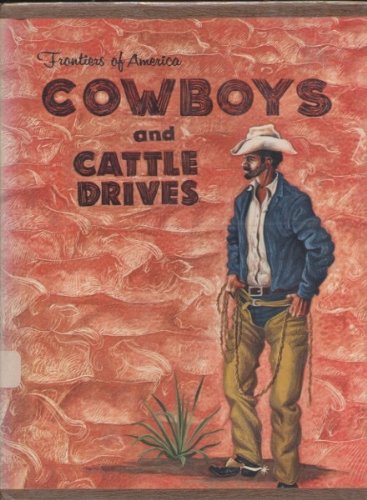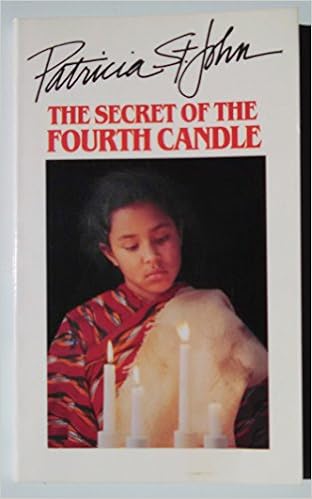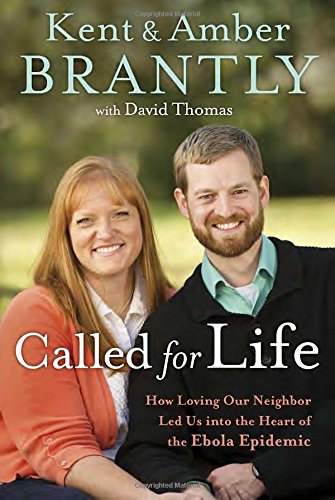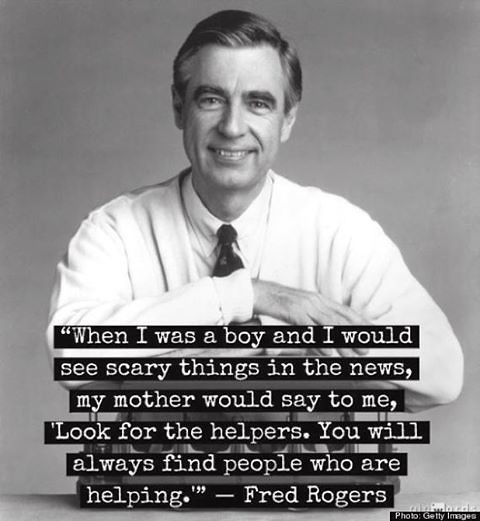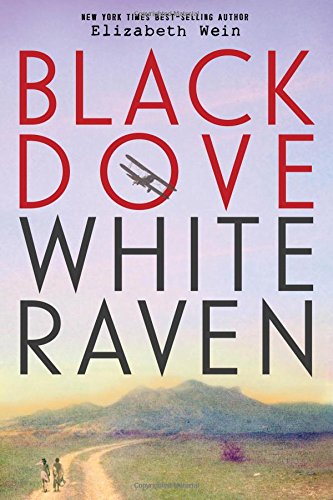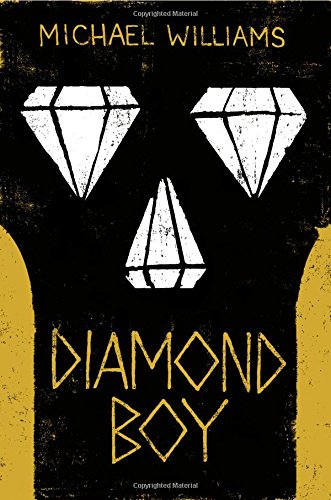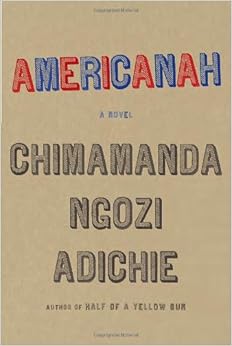 The subject of Africa and Africans and the relationship of Africans to Americans is one of my fascinations. I read Ms. Adichie’s novel, Americanah, with that fascination firmly in place. But the book was just ironic, sarcastic, and insightful enough to make me a little uncomfortable. I don’t think I’d enjoy meeting the author, and I don’t think she would like me very much. (According to one character in the novel who may or may not speak for the author, “American conservatives come from an entirely different planet,” obviously not a good one.) I feel as if Ms. Adichie, assuming her characters speak for her in some respects, would have something sardonic and probably also uncomfortably perceptive to say about me and my interest in Africa and my WASP background and my conservative Christian worldview.
The subject of Africa and Africans and the relationship of Africans to Americans is one of my fascinations. I read Ms. Adichie’s novel, Americanah, with that fascination firmly in place. But the book was just ironic, sarcastic, and insightful enough to make me a little uncomfortable. I don’t think I’d enjoy meeting the author, and I don’t think she would like me very much. (According to one character in the novel who may or may not speak for the author, “American conservatives come from an entirely different planet,” obviously not a good one.) I feel as if Ms. Adichie, assuming her characters speak for her in some respects, would have something sardonic and probably also uncomfortably perceptive to say about me and my interest in Africa and my WASP background and my conservative Christian worldview.
Through her main characters, Ifemelu and Obinze, especially Ifemelu, the novelist has a lot to say about Nigerians and “Non-American Blacks” (NAB’s) and American Blacks (AB’s) and American Non-Blacks and Brits and other Europeans and poor people and rich people and bourgeois middle class people and everyone else whose weaknesses and foibles Ifemelu manages to expose and ridicule and deflate. Thought provoking, yes. But Ifemelu is also self-absorbed, sometimes pitiable, and irresponsible and unreliable. In short, she’s a real person with a sin problem, although she wouldn’t use that term.
Ifemelu is a Nigerian immigrant to the United States. She leaves Nigeria partly to escape from the lack of choices there and from her dysfunctional family and partly to study in the U.S., the land of opportunity. She finds that when she comes to America, she suddenly becomes “black”, a category she never considered one way or another back in Nigeria. She is subject to the racism, overt and subtle, that American Blacks encounter and deal with all of the time in this country. And she also becomes “African” in the eyes of many Americans, black and white, who tell her about their charitable contributions to an orphanage in Zimbabwe or their trip to Kenya or their love for Mother Africa, as if Africa were one big country, and of course, she would identify with people and entities half a continent away from her own nation and culture.
Ifemelu, however, is an honest and incisive thinker, and she forges her own identity in the U.S. She eventually becomes a blogger with a widely read and profitable blog called Raceteenth or Various Observations About American Blacks (Those Formerly Known as Negroes) by a Non-American Black. She writes about race in America, about black women and hair, about subtle and not-so subtle racism, about Michelle and Barack Obama, about her own experiences as an immigrant to the U.S., and about the people and interactions she observes. Her blog posts about race in particular prick the consciences and destroy the pretensions of many of her readers. (The unrealistic part, of course, is that she makes quite a bit of money as a result of the popularity of her blog. How many rich bloggers are there?)
Americanah is a smart, penetrating, rather dramatic look at the immigrant experience and at the emigrant experience and at the experience of returning home. But it made me feel the way I feel when I’m in the company of intellectual people who spend their time mocking and pointing out the defects of those who are “beneath” them, outside their little clique. Americanah is an opinionated book, and it’s not a kind book. The characters in the book are honest, possibly right about many of their opinions and insights, but not very compassionate or forgiving.
“What are you reading?” Kelsey turned to Ifemelu.
Ifemelu showed her the cover of the novel. She did not want to start a conversation. Especially not with Kelsey. She recognized in Kelsey the nationalism of liberal Americans who copiously criticized America but did not like you to do so; they expected you to be silent and grateful, and always reminded you of how much better than wherever you had come from America was.
“Is it good?”
“Yes.”
“It’s a novel, right? What’s it about?”
Why did people ask “What is it about?” as if a novel had to be about only one thing. Ifemelu disliked the question; She would have disliked it even if she did not feel, in addition to her depressed uncertainty, the beginning of a headache.
At the risk of being relegated to the realm of all the Kelseys of this country, despite my lack of “liberal” credentials, I will say that Americanah is about the Nigerian immigrant experience, both in the U.S. and Britain. It’s also about the issues and stresses of being a black woman in America, specifically in the Northeastern part of the U.S. And it’s a novel about romantic love, and lost love and recovered love. The ending, like the detail of the money-making blog, struck me as unrealistic and unlikely. But I did learn a lot along the way.
Warning: Self-absorption and sexual license abound in the novel, just as they do in the real lives of many, both Africans and Americans. That part of the novel is almost too realistic.
 Here are thirteen of the books I already chose that I am planning to read this year:
Here are thirteen of the books I already chose that I am planning to read this year: